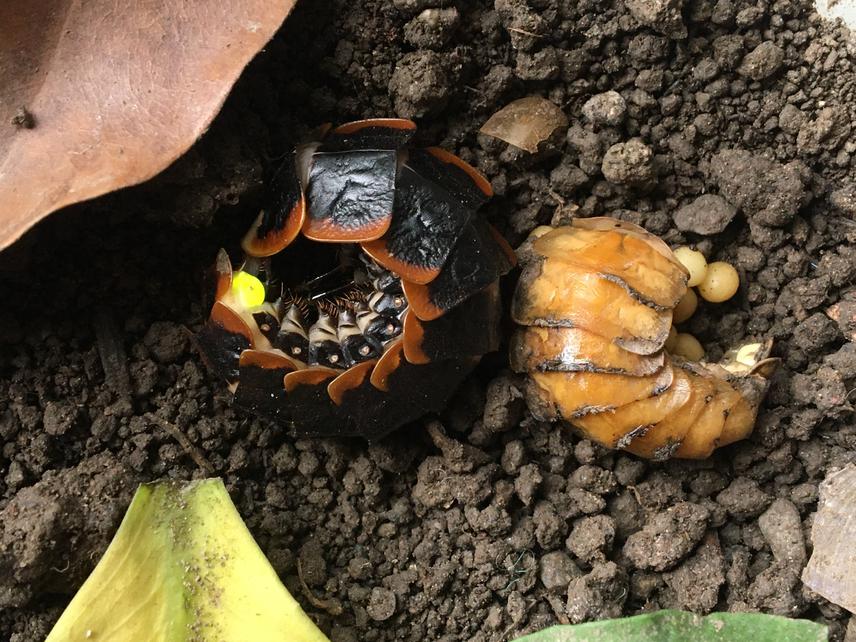Articles featuring the project.
FIRST RECORD OF ABSCONDITA CHINENSIS (LINNAEUS) (LAMPYRIDAE, LUCIOLINAE) FROM UTTARAKHAND
2 Mar 2023 Dehradun, India, Indian Sub-continent Invertebrates
Assessing the Status of Fireflies and its Conservation Practices through Community Participation in Doon Valley, Uttarakhand, Western Himalaya
Fireflies Diversity Assessment and Conservation Through Community Engagement in the Nanda Devi Biosphere Reserve: a World Heritage Site in Uttarakhand, India
Fireflies have been known for their bioluminescent behaviour all over the world. In addition to that they possess cultural and spiritual prominence in Japan where people celebrate the fireflies summer festival. But, most importantly fireflies have been a part of traditional Chinese medicine over the course of years, the monoterpenoids extracted from some fireflies are used in treat burns, clarify eyesight and cure night blindness (Deyrup et al. 2021). Nonetheless, their population is declining, and we are data deficient. Thus, the current project is drafted as the continuation of our previous work, in which the firefly’s diversity were documented from Doon valley. However, in this project we increase the study area to Mussorrie and Chakrata forest division in order to assess fireflies’ diversity with respect to different elevation gradients.

The study will help in understanding the influence of several abiotic factors on fireflies’ population such as - soil microclimatic condition, temperature, elevation, humidity, wind speed, moonlight, vegetation, and anthropogenic pressures. Soil plays an intense role in supporting the larval growth of fireflies. The larval phase is the longest phase of their lifecycle which they spend in soil hunting for prey. Thus, it is indispensable to discern how the microclimatic conditions of soil like- temperature, moisture content, and pH are influencing the larval growth. However, apart from documenting species diversity and the effects of different environmental factors, awareness escalation will be an important aspect of the study for which - conservational workshops and poster presentations in schools, colleges, and gram panchayats will be organized for students, teachers and local communities. Firefly watch using citizen scientists came out to be a good approach that we used in our previous project, with the help of which we were able to document the occurrence data of fireflies from more than 14 states of India (Rana et al, 2022), as well as engaged and aware a large number of people in the program.
Articles featuring the project.
FIRST RECORD OF ABSCONDITA CHINENSIS (LINNAEUS) (LAMPYRIDAE, LUCIOLINAE) FROM UTTARAKHAND